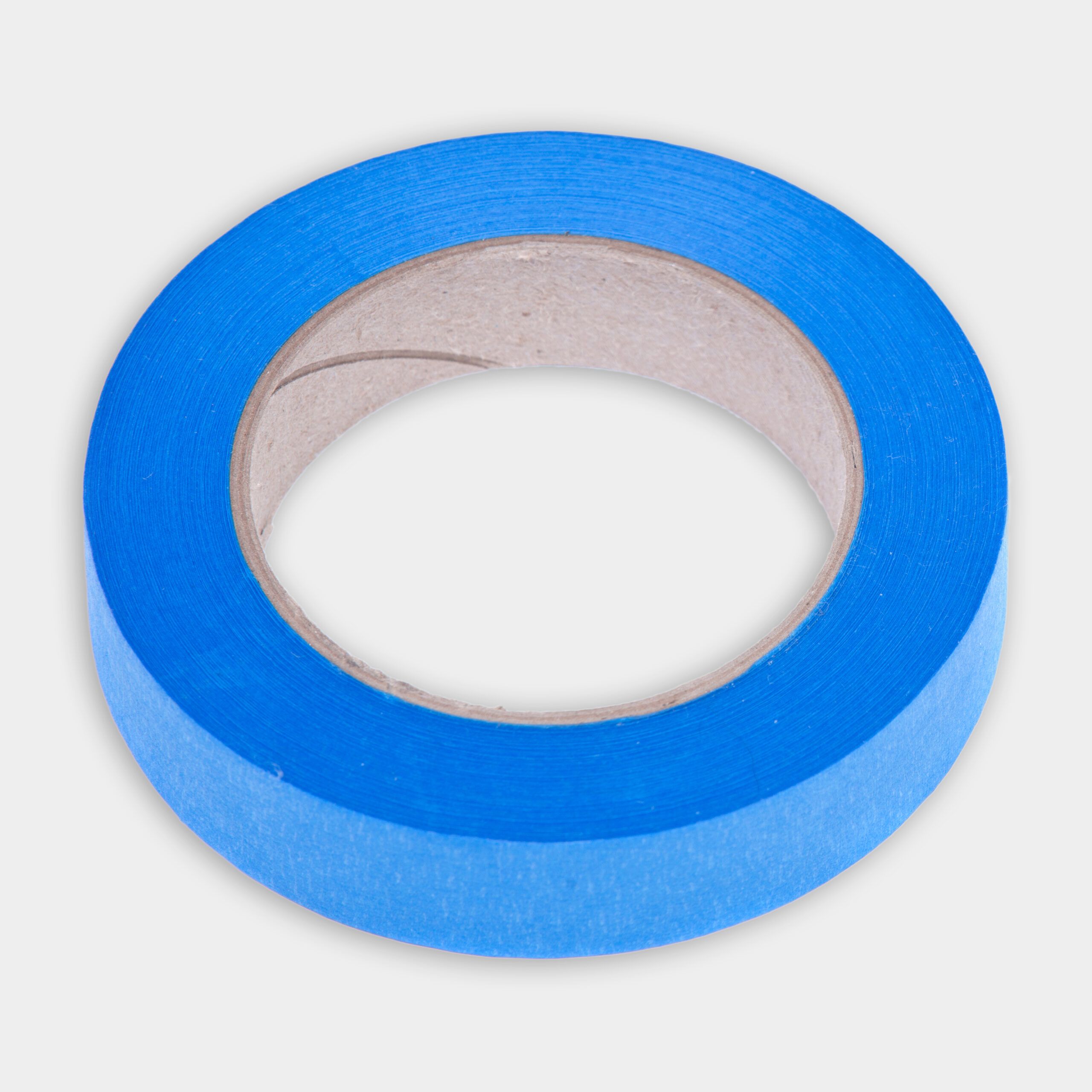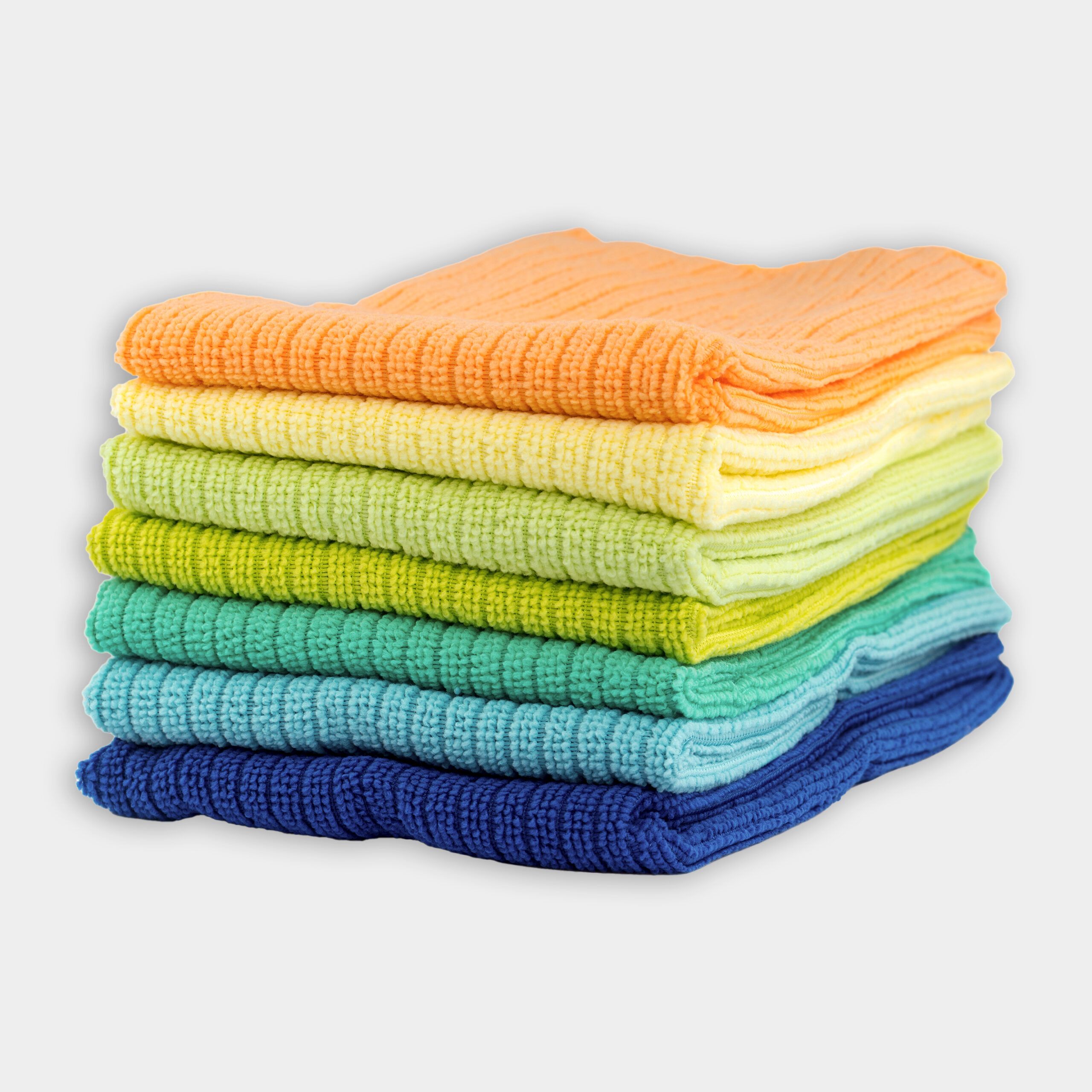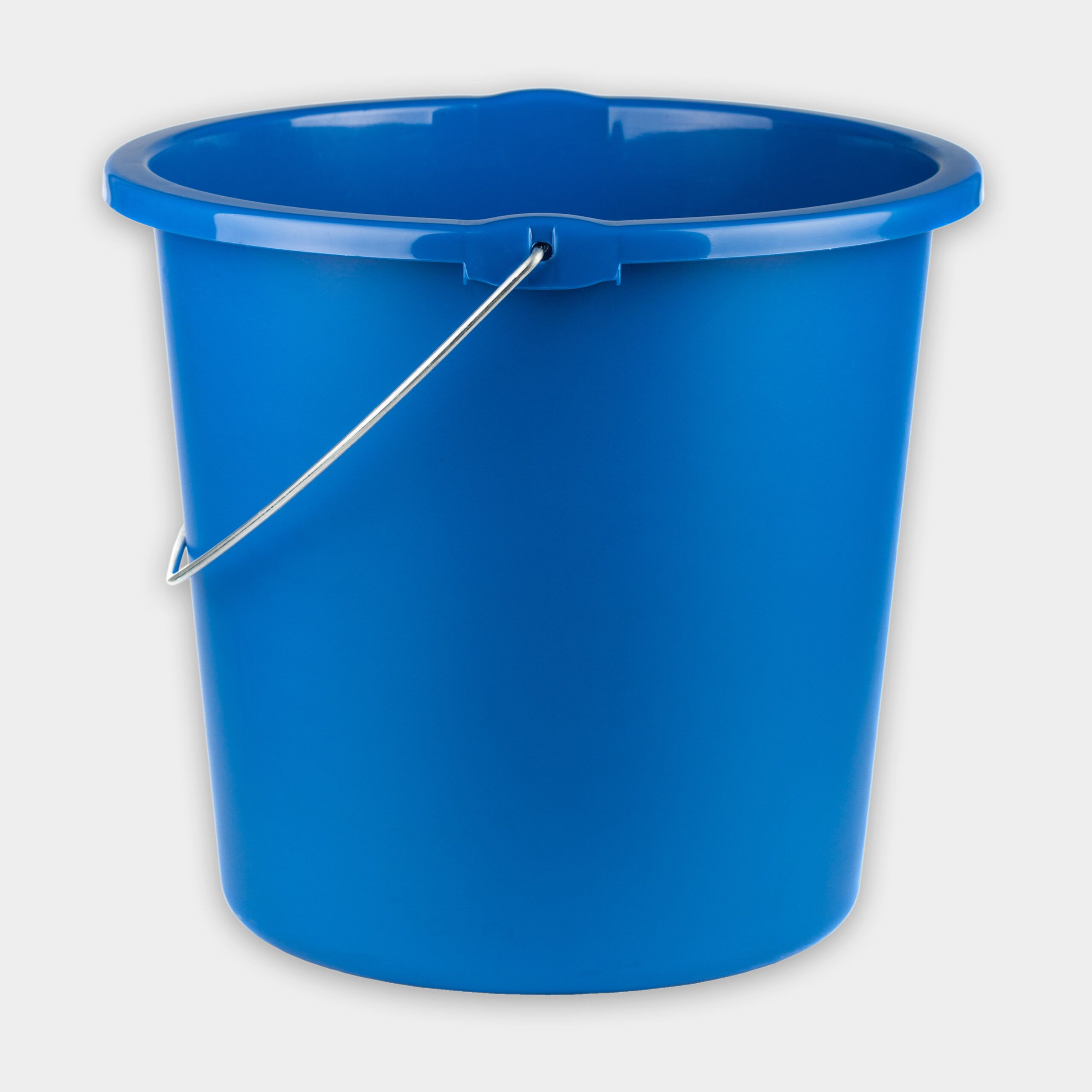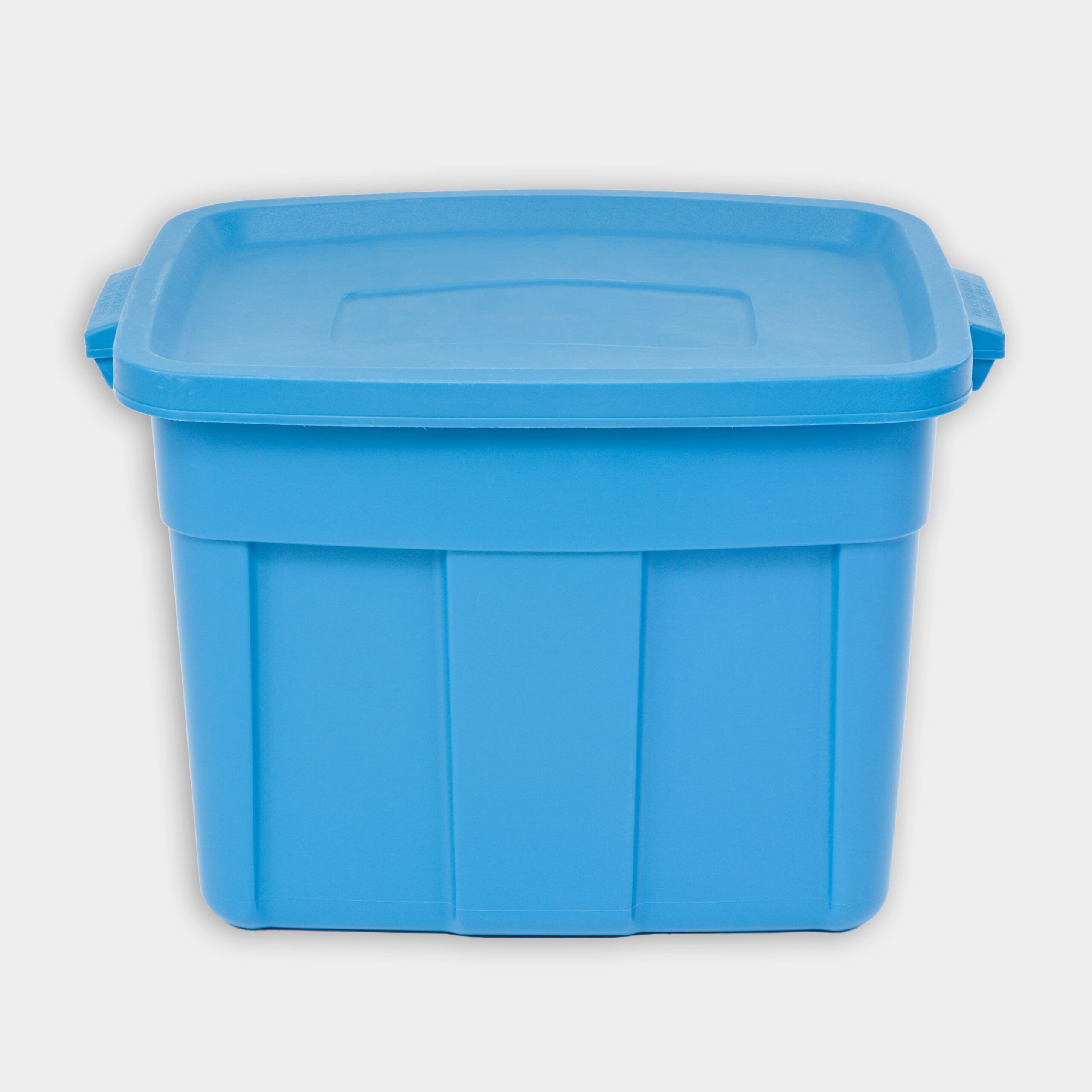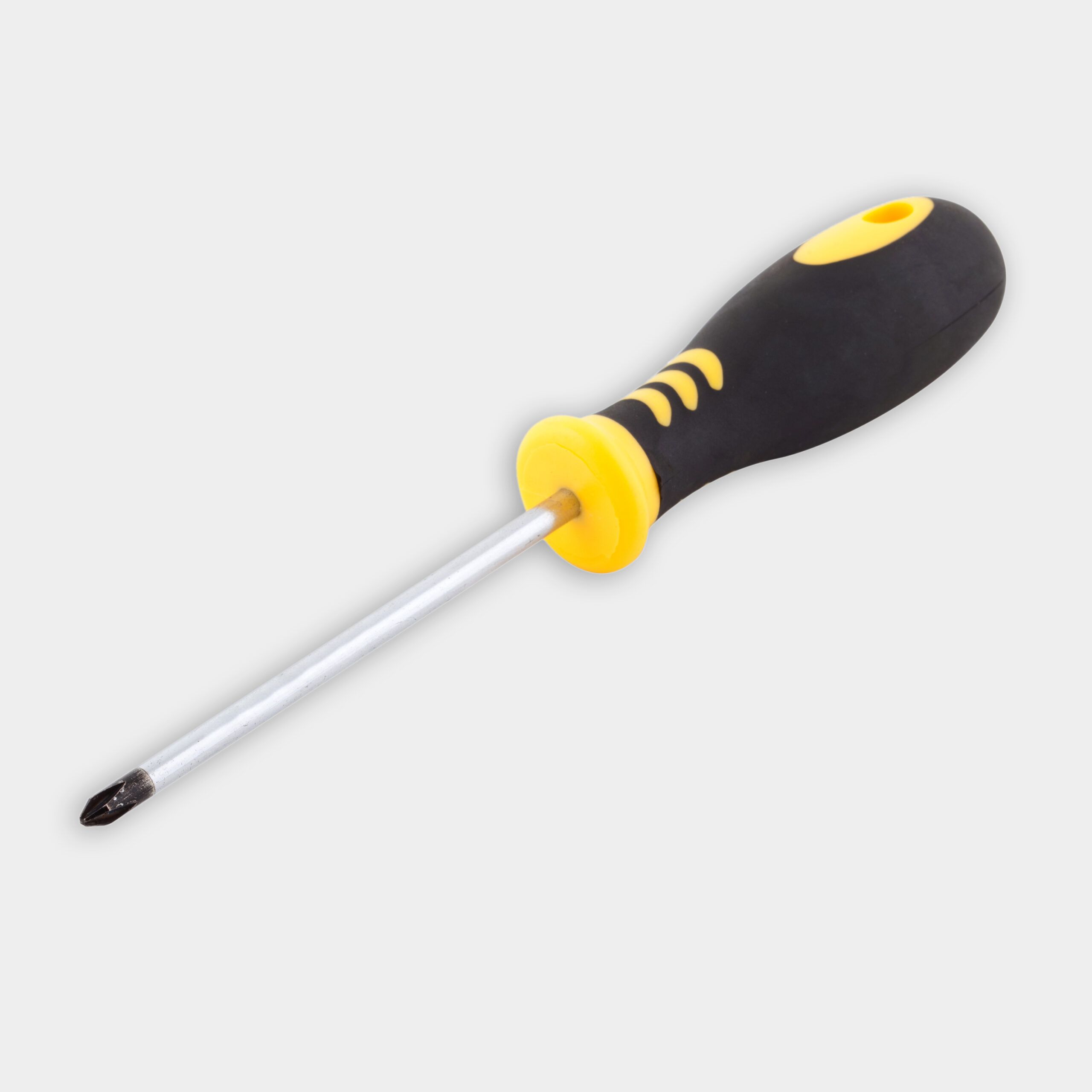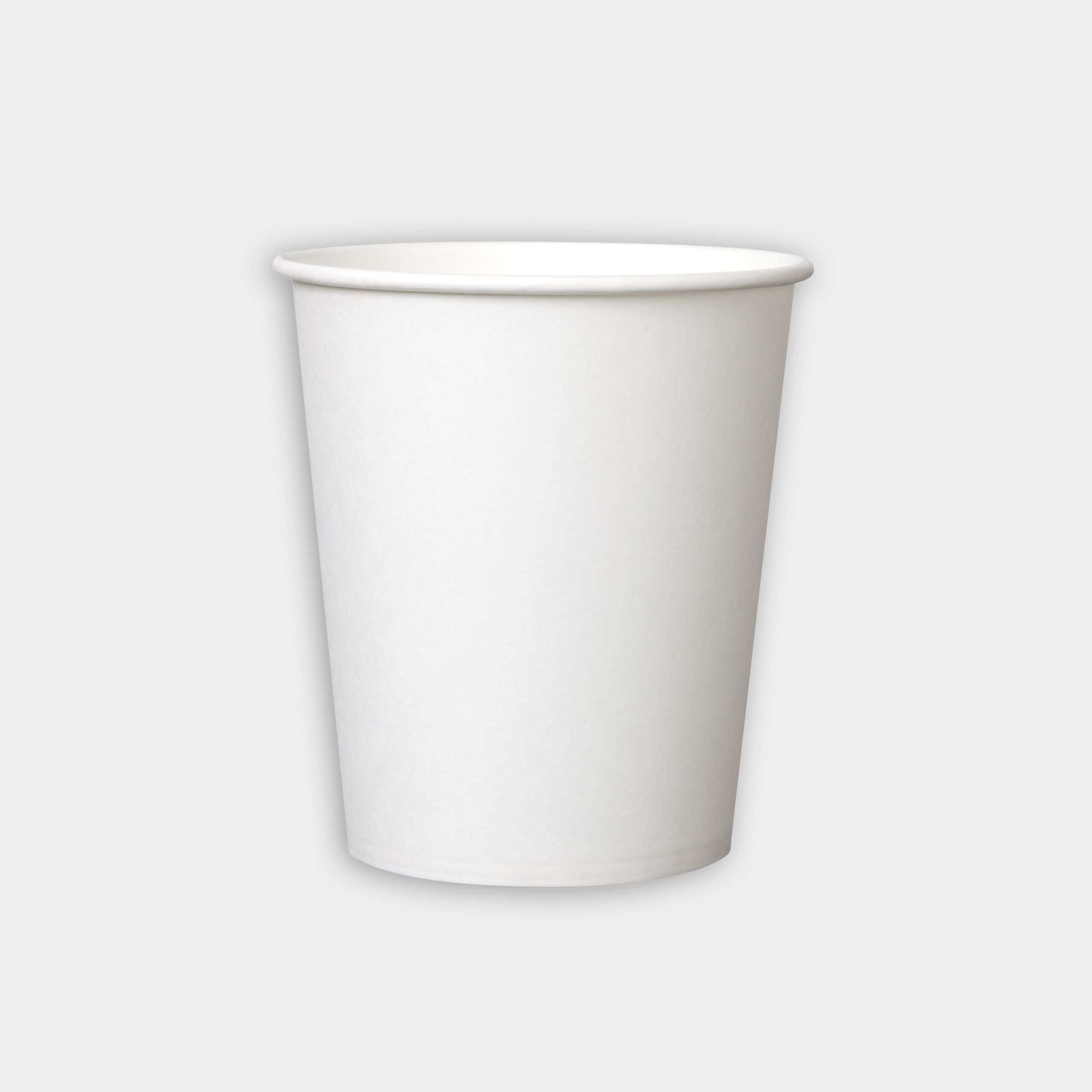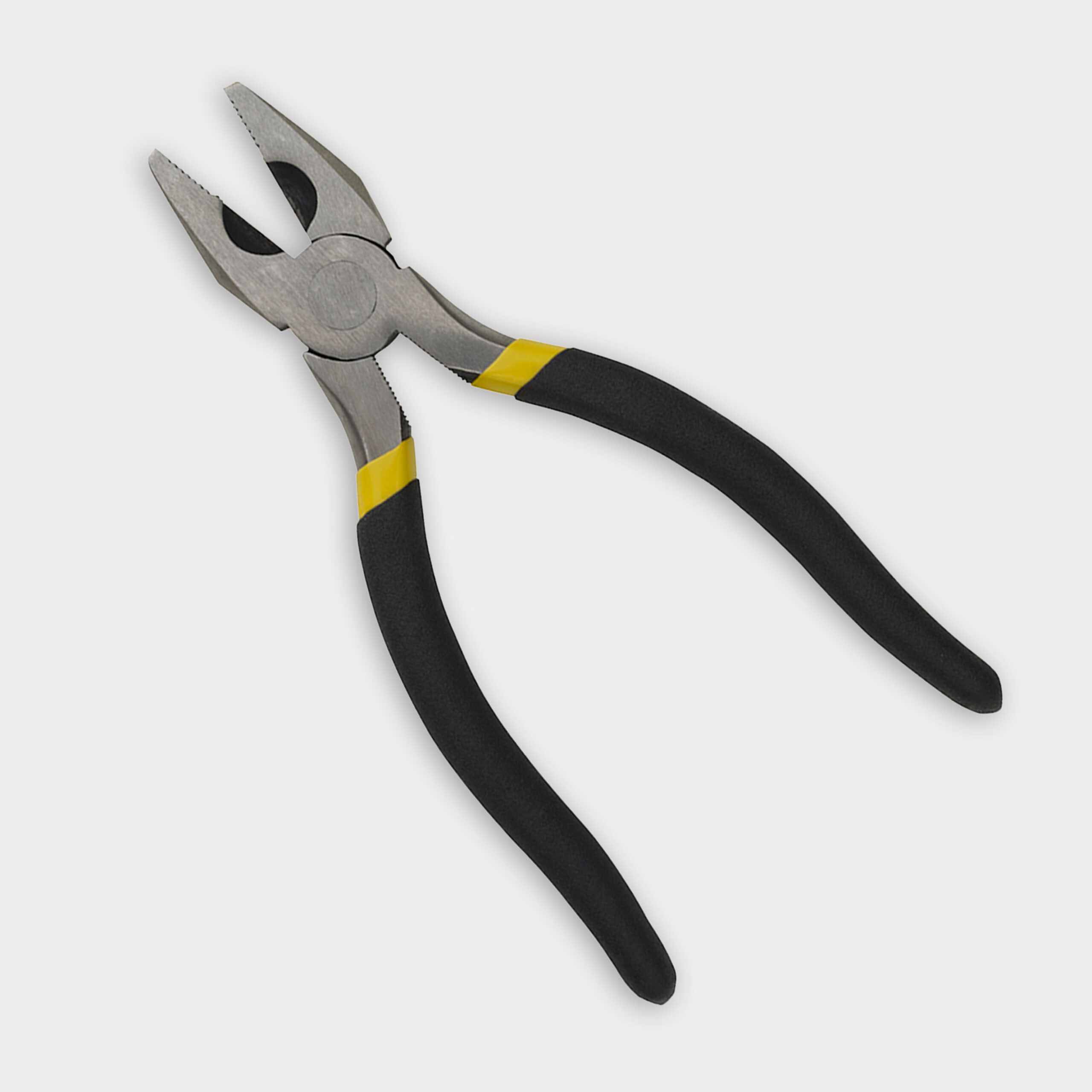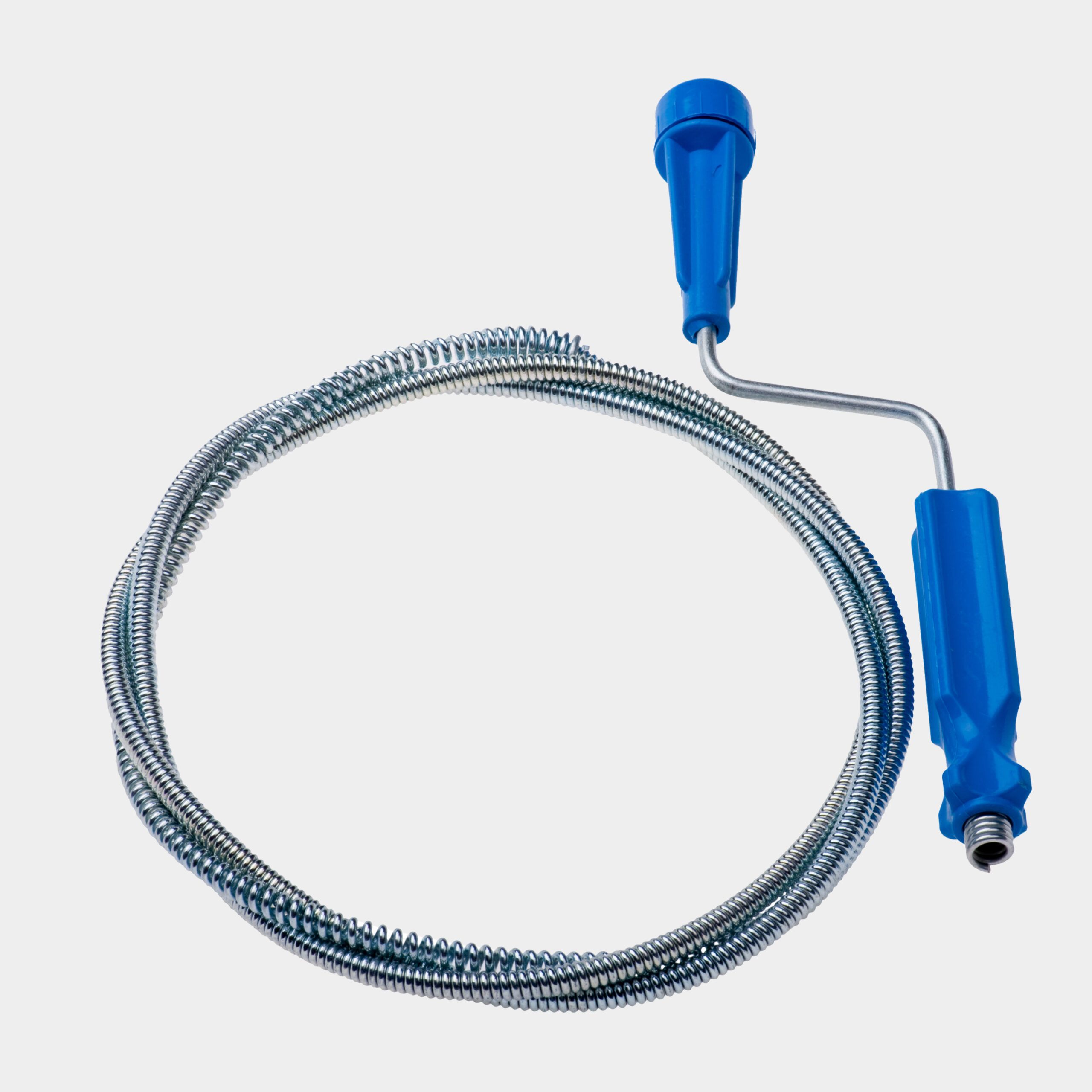When a washing machine won’t drain, it can create quite a headache. The clothes are too wet and heavy to pull out and removing water from inside the drum scoop by scoop is tedious. There’s a better way: Whether you have a front-loading washer or a top-loader, this guide on how to drain a washing machine will explain the easiest, mess-free ways to solve the problem.
Safety Concerns When Draining a Washing Machine
There are a few important things to consider before getting started. If after trying to drain the washer electronically, it still doesn’t drain, it’s time to try another method. You’ll want to unplug the washer beforehand. This will ensure that you remain safe, that you won’t damage any components by getting them wet, and that the washer won’t accidentally activate or switch to the next mode.
Also, keep in mind that washing machines are heavy, but they get much heavier when they’re full of water and wet clothes. Since there’s a chance you may have to move your washer in order to drain it, it’s a good idea to enlist a friend to help.
How To Drain a Washing Machine Electronically
Occasionally, a washer may hang up (or get stuck) during its washing cycle, preventing water from draining from the tub. This is true for both top- and front-load washers, and the procedure to fix it can be simple, so it’s always good to try this step first.
Most washers allow users to manually override to a draining cycle by switching the washer to the spin setting. Typically, this will get the washer to automatically start draining. However, if this doesn’t work, you may also try pausing the washer and leaving the lid open. This can prompt the washer to drain as it activates an automatic drain cycle, though it may take up to 24 hours.
How To Drain a Top-Load Washer
There is good news if you have a top-load washing machine, as this type of washer is usually easy to drain. But you still need to know what you’re doing, and a little help from a strong friend couldn’t hurt either. Note that there are two different ways to go about draining it, depending on where your drain hose is located.
If your washer’s drain hose exits the washer at the bottom of the machine: follow this method:
- First, unplug the washer for safety precautions. Take a piece of tape to hold the washer’s cord in place on top of the control panel so it won’t fall behind the washer and remains dry.
- Pull the washer away from the wall so you have access to the drain hose in the rear of the washer.
- Locate the drain hose. Among the three hoses behind the washer (there are also two supply hoses), the drain hose will be the largest one, and it’s typically black or gray. The drain hose will be tucked into a pipe.
- Place towels on the ground and prepare the bucket.
- Lift the end of the drain hose out of the pipe and put it into the bucket. This will start draining the washer.
- Once the bucket is full, lift the hose and put it back into the drainpipe. Empty the bucket and repeat the process.
- As the water level in the washer gets lower, you may need to use a shallower bucket or pail.
You will need:
If your washer’s drain hose exits at the top of the machine, follow this procedure:
- Unplug the washer and tape the cord to the top of the washer’s control panel so it won’t fall behind the machine and remains dry.
- Remove as many wet clothes as possible and place them in a tub. Use the towels to clean up any drips.
- Place the towels on the floor in front of the washer and place the buckets on top of the towels. You’ll need at least two buckets for this job.
- Place the 6-foot hose in the washer drum and let the hose fill completely with water.
- Keeping one end of the hose under the water in the drum, quickly remove the other end of the hose and pull it over the side of the washer and into one of the buckets on the ground. This should start a siphon.
- When one bucket is close to filled, quickly switch the hose to the other bucket. It’s better not to break the siphon as starting it with less water in the washer will be more difficult.
- Continue siphoning water until almost all the water is gone.
- Use towels to sop up any remaining water still in the washing machine.
You will need:
Tools & Materials
How To Drain a Front-Load Washer
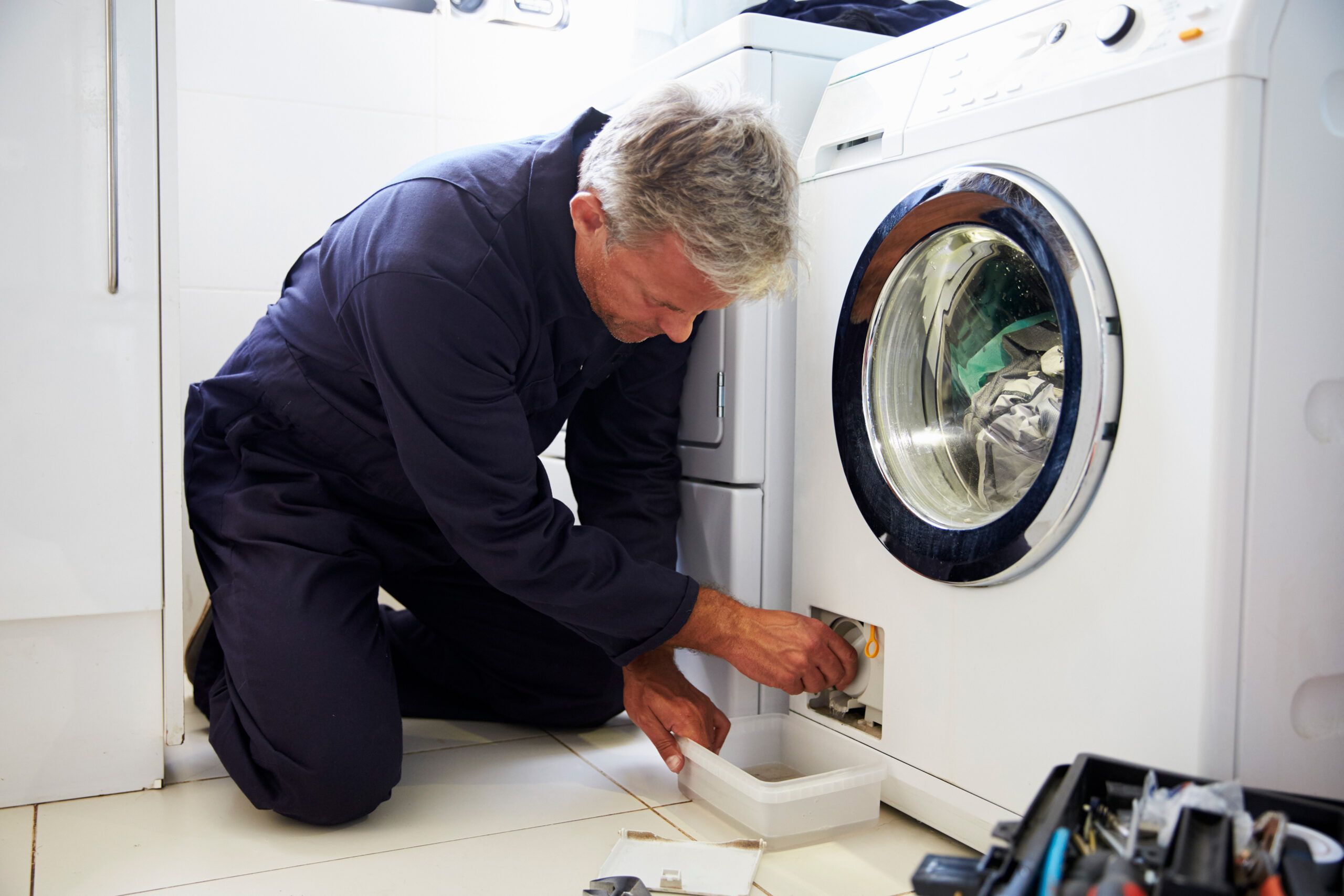
While draining a top-loading washing machine is relatively easy, draining a front-loading model is a bit more involved. It’s a good idea to find your washer’s owner’s manual as you’ll need to locate a component called the drainage filter, and it’s typically hidden behind an access panel somewhere near the bottom of the washer.
- Unplug the washer and tape the cord to the side of the unit so that it won’t fall behind the machine and remains dry.
- Locate the drainage filter’s access panel. Some models may require using a screwdriver to gain access, while others might just pop open.
- Place a shallow container under the drainage filter.
- Find the knob on the drainage filter and slowly turn it counterclockwise. Don’t remove the plug completely as it will be difficult to stop the flow once the container is full.
- Once the container is full, tighten the knob, remove the container, and empty it into a sink or basin.
- Repeat the process until all the water has been removed from the washing machine.
You will need:
Tools & Materials
 Owner’s manual
Owner’s manual
If the Washing Machine Doesn’t Drain
If the washing machine doesn’t drain, there is likely a clog somewhere in the drain line that you’ll need to remove. Here’s a quick overview of how to unclog a washer’s drain.
- Remove the clothes from inside the washer. While the snake won’t work its way into the drum, it’s better not to take any risks.
- Bail as much water out of the washing machine as possible with a cup or small pail.
- Unplug the washer and tape the cord to the unit so it doesn’t fall behind the machine and remains dry.
- Pull the washer away from the wall.
- Locate the drain hose (the largest hose; it’s often black or gray) and remove it from the back of the washer. Some may use spring clips which require pliers to remove, while others might have hose clamps, in which case the screwdriver is the tool for the job.
- Place the tip of the plumbing snake through the drain and up into the washing machine. Turn the handle on the snake to continue feeding the snake through to the clog.
- Break the clog up and be prepared for water to pour out of the drain by readying the shallow container.
- Replace the drain hose, clean up the floor, and plug the washer back in before pushing it back into place.
You will need:
Tools & Materials
 Cup or small pail
Cup or small pail
If the washing machine still won’t drain, it’s likely a problem with the drainage filter. In which case, consult your owner’s manual to determine how to service this device.
Now You Can Drain Any Washing Machine
Draining a washing machine isn’t complicated. Though the weight of the machine might be tough to handle, you now know how to manually drain a washing machine, as well as use its control board to force it to drain electronically. You’ll (hopefully) never have to bail out a washer again!

